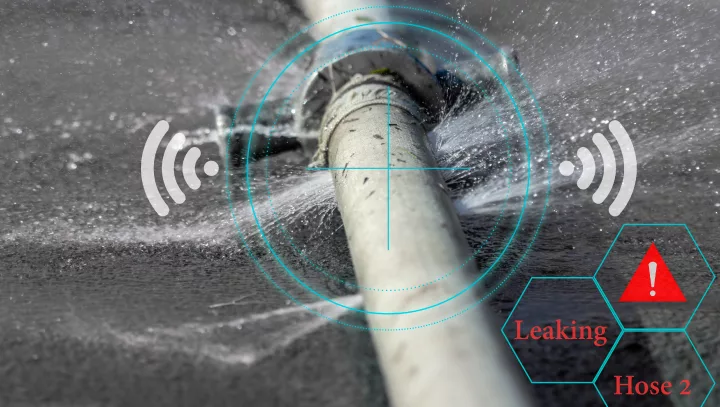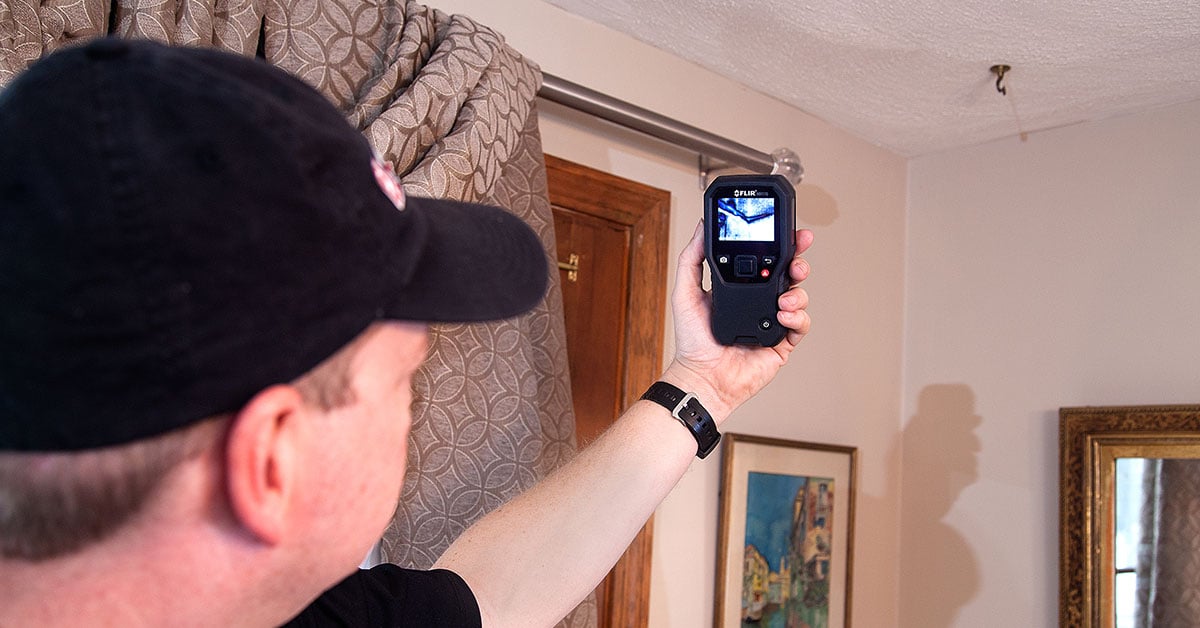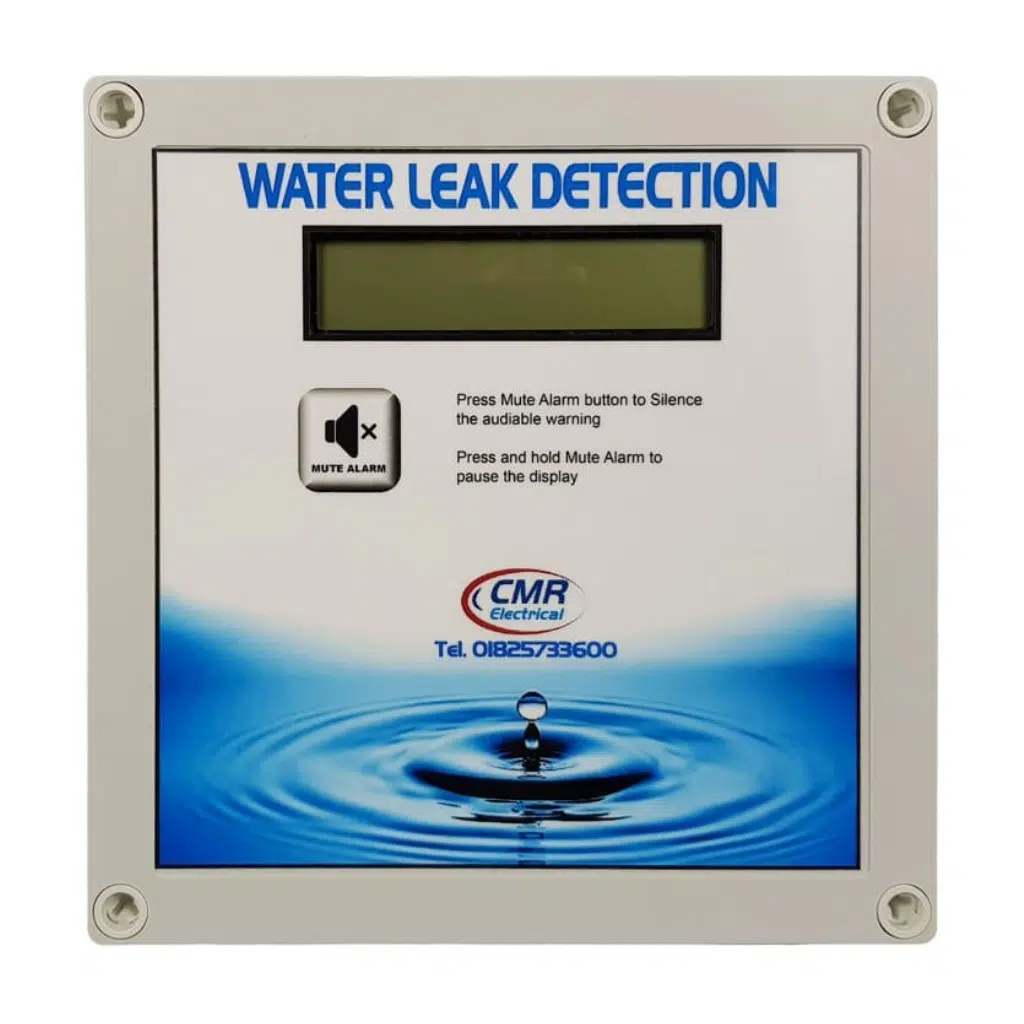Why Timely Water Leak Detection is Important for Preserving a Healthy Home
Why Timely Water Leak Detection is Important for Preserving a Healthy Home
Blog Article
Ingenious Solutions for Early Detection of Water Leaks in Structures and Framework
From innovative leakage detection innovations to the implementation of IoT sensors for real-time monitoring, the landscape of leakage avoidance is developing quickly. Automated water circulation evaluation systems are improving just how leaks are recognized and resolved, paving the way for a proactive approach to water leakage detection.
Advanced Leakage Detection Technologies
Advanced leak discovery modern technologies, furnished with sophisticated sensing units and algorithms, play an important role in swiftly identifying and pinpointing water leaks in numerous setups. These technologies use a mix of acoustic, thermal, and electro-magnetic noticing methods to discover leakages precisely. Acoustic sensing units identify the sound of leaving water, permitting exact localization of the leakage source. Thermal imaging discovers temperature modifications caused by water leakage, offering an additional efficient approach for leak recognition. Electromagnetic sensing units can determine modifications in electromagnetic fields triggered by water, offering yet another layer of leakage discovery ability.

IoT Sensors for Real-Time Monitoring
In the world of modern-day water leakage detection, the integration of IoT sensors for real-time monitoring represents an essential development in enhancing positive leak discovery capabilities. These sensing units offer constant surveillance of water systems, giving real-time data on water circulation prices, pressure variants, and temperature modifications. By leveraging IoT modern technology, these sensors can identify even the smallest abnormalities in water usage patterns, allowing very early identification of prospective leakages before they intensify right into significant concerns.
IoT sensors transfer information to a centralized platform, where innovative formulas evaluate the details and generate notifies or notices when abnormalities are discovered. This real-time surveillance capacity permits homeowner or facility managers to quickly address leakages, minimizing water damages, lowering repair service expenses, and conserving water resources.
Furthermore, IoT sensors can be incorporated with structure management systems, permitting automated responses to identified leakages, such as turning off water valves or triggering pumps to mitigate the influence of leakages. Generally, the application of IoT sensing units for real-time surveillance considerably improves the effectiveness and efficiency of water leak discovery in structures and framework.
Artificial Intelligence Algorithms for Leakage Prediction

One secret benefit of using device learning for leak prediction is its capacity to continually find out and enhance its precision in time. As even more data is accumulated and fed right into the algorithm, it can refine its predictions and adapt to altering problems, inevitably increasing the dependability of leak detection systems.
Furthermore, artificial intelligence algorithms can help in recognizing refined indications of leaks that may go unnoticed by standard surveillance approaches. water leak detection. By examining intricate data embed in real-time, these formulas can offer very early cautions and informs, enabling timely intervention and preventive maintenance to reduce potential water damages and connected costs
Utilizing Thermal Imaging for Leakage Discovery
Thermal imaging technology provides an appealing strategy for detecting water leaks in numerous systems and frameworks. By using infrared radiation and temperature level differences, thermal see post imaging cameras can identify surprise leakages that are not easily noticeable to the nude eye. When water gets away from pipes or structures, it frequently transforms the temperature of the surrounding location, developing temperature differentials that thermal cams can record. These temperature abnormalities are then translated into noticeable images, highlighting the specific place of the leak.
One of the vital advantages of thermal imaging for leak detection is its non-intrusive nature. Generally, navigate to this site the use of thermal imaging innovation boosts the performance and precision of water leak detection, making it an important tool for preserving the stability of buildings and facilities.
Automated Water Flow Evaluation Solutions
Exactly how can automatic water flow evaluation systems change the discovery and management of leaks in various systems and infrastructures? Automated water flow analysis systems provide a proactive technique to leakage discovery by continuously keeping an eye on water circulation rates and patterns. By developing baseline data, these systems can rapidly recognize inconsistencies that might suggest a leak, enabling prompt treatment to avoid extensive damages.
These systems use advanced formulas to analyze real-time information and supply instant alerts when abnormalities are identified, permitting for swift action to be taken. In addition, automated water flow analysis systems can be integrated with structure monitoring systems or IoT platforms, enhancing total efficiency and making it possible for remote surveillance capabilities.
In addition, the data collected by these systems can be utilized for anticipating upkeep purposes, helping to identify potential powerlessness in the facilities before leakages happen. On the whole, the execution of automated water flow evaluation systems can significantly boost leakage discovery and administration methods, eventually resulting in cost savings, reduced water wastefulness, and boosted sustainability in buildings and infrastructure.

Verdict
In conclusion, the integration of sophisticated leak discovery innovations, IoT sensing units, artificial intelligence formulas, thermal imaging, and computerized water circulation evaluation systems offers innovative solutions for my response early detection of water leakages in structures and framework. These modern technologies make it possible for real-time surveillance, forecast of leakages, and reliable discovery techniques to stop water damage and wastage. Implementing these solutions can help in keeping the honesty and sustainability of water supply in different settings.
Report this page